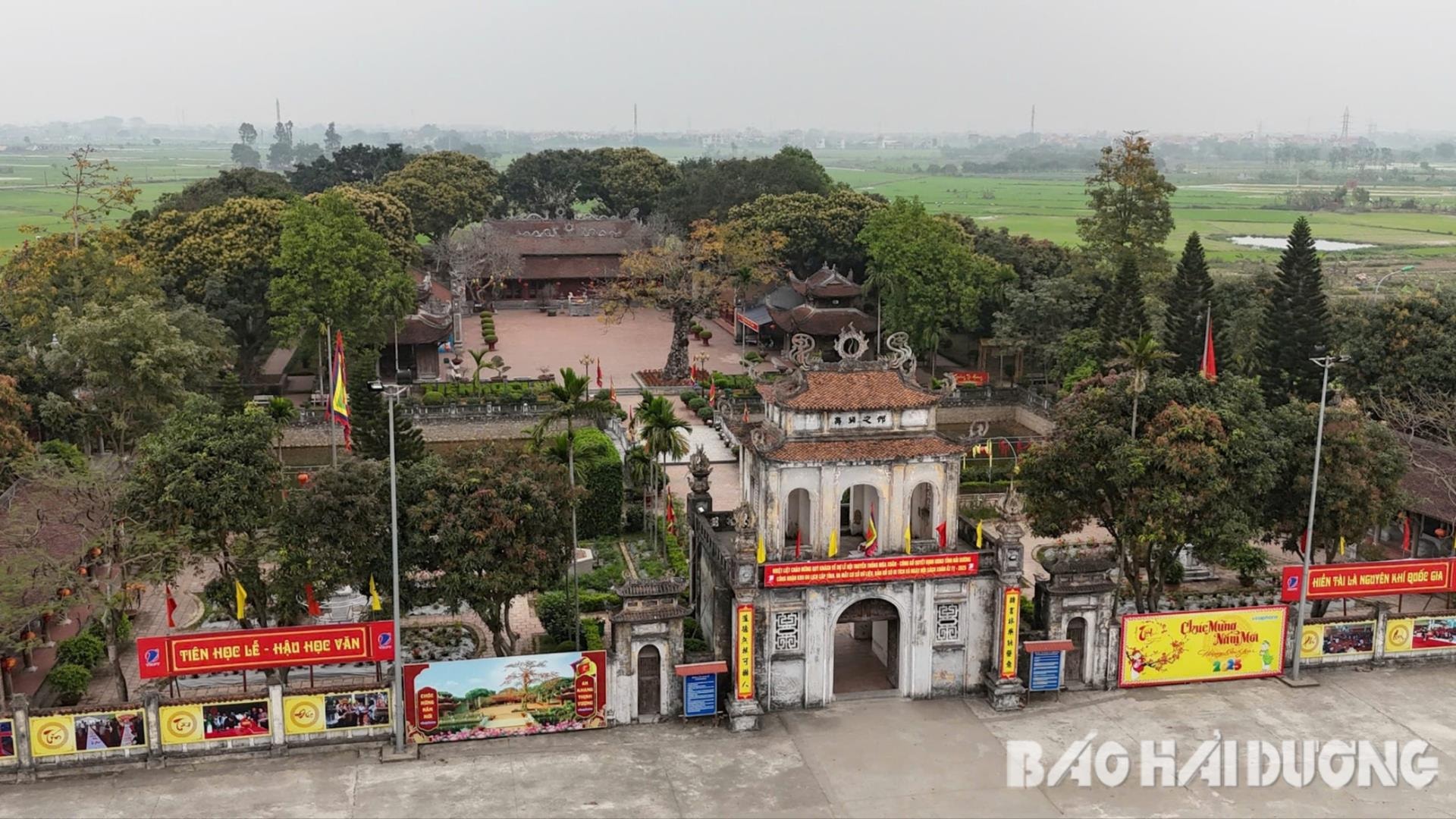
Mao Dien commune was established on the basis of merging the entire area and population of Tan Truong, Cam Dong communes and part of Phuc Dien commune. After the merger, the commune has an area of 24.37 km2 and a population of 48,333 people. It is expected that the working headquarters will be located at the current Party Committee, People's Council and People's Committee of Tan Truong commune.
Mao Dien commune is associated with the special national relic Mao Dien Temple of Literature. This place used to be the headquarters of Hai Duong town ( Hai Duong province) before moving to present-day Hai Duong city (in 1804).
Cam Giang commune was established on the basis of merging the entire area and population of Cam Hung, Ngoc Lien, Luong Dien communes and part of Phuc Dien commune. The new commune has an area of 23.43 km2 and a population of 31,869 people. It is expected that the working headquarters will be at the current Party Committee, People's Council and People's Committee of Ngoc Lien commune.
The name of Cam Giang commune remains Cam Giang. This commune is where the first Party cell of Cam Giang district was established. There is a historical relic where the first Party cell of the district Party Committee was established.
Cam Giang commune was established on the basis of merging the entire area and population of Cam Hoang commune, Dinh Son commune and Cam Giang town. The commune has an area of 26.63 km2 and a population of 34,020 people. It is expected that the main office will be at the current Party Committee, People's Council and People's Committee of Cam Giang town.
Cam Giang commune is the current name of Cam Giang town. Before 1533, until the Tran dynasty, its ancient name was Cam Giang "Gam River". In the post-Le dynasty, Cam Giang district headquarters was located in Tru La commune, in the 19th year of Minh Mang (1838) it was moved to Kim Quan commune, during the French colonial invasion it was located at Cam Giang station, when peace was restored it was moved to Lai Cach.
Tue Tinh commune was established on the basis of merging the entire area and population of Cam Van, Cam Vu and Duc Chinh communes. After the merger, the commune has an area of 17.78 km2 and a population of 26,638 people. It is expected that the working headquarters will be at the current Party Committee, People's Council and People's Committee of Cam Vu commune.
The commune's name is associated with the great physician Zen Master Tue Tinh, who was conferred the title of saint of traditional Vietnamese medicine by the people and was the founder of traditional Vietnamese medicine, "The Ancestor of Traditional Vietnamese Medicine". The great physician Tue Tinh is being profiled to be nominated by UNESCO as a World Cultural Celebrity.
Cao An Commune and part of Lai Cach Town merged with Viet Hoa Ward (Hai Duong City) to establish a new administrative unit, Viet Hoa Ward, replacing the previous name Hai Duong 3. It is expected that the headquarters will be located at the current Party Committee, People's Council and People's Committee of Viet Hoa Ward.
Cam Doai commune and the rest of Lai Cach town merged with Tu Minh ward (Hai Duong city) to establish a new administrative unit, Tu Minh ward, replacing the name Hai Duong 8, with headquarters at the current District Party Committee, People's Council and People's Committee of Cam Giang district.
After the reorganization, the new administrative unit has a large area, creating a favorable space for planning and economic development. At the same time, the number of commune-level administrative units, the number of cadres and civil servants, costs, and budget savings for investment development and social security will be reduced.
TRAN HIEN - LE SONSource: https://baohaiduong.vn/cam-giang-se-co-xa-mang-ten-dai-danh-y-tue-tinh-410077.html



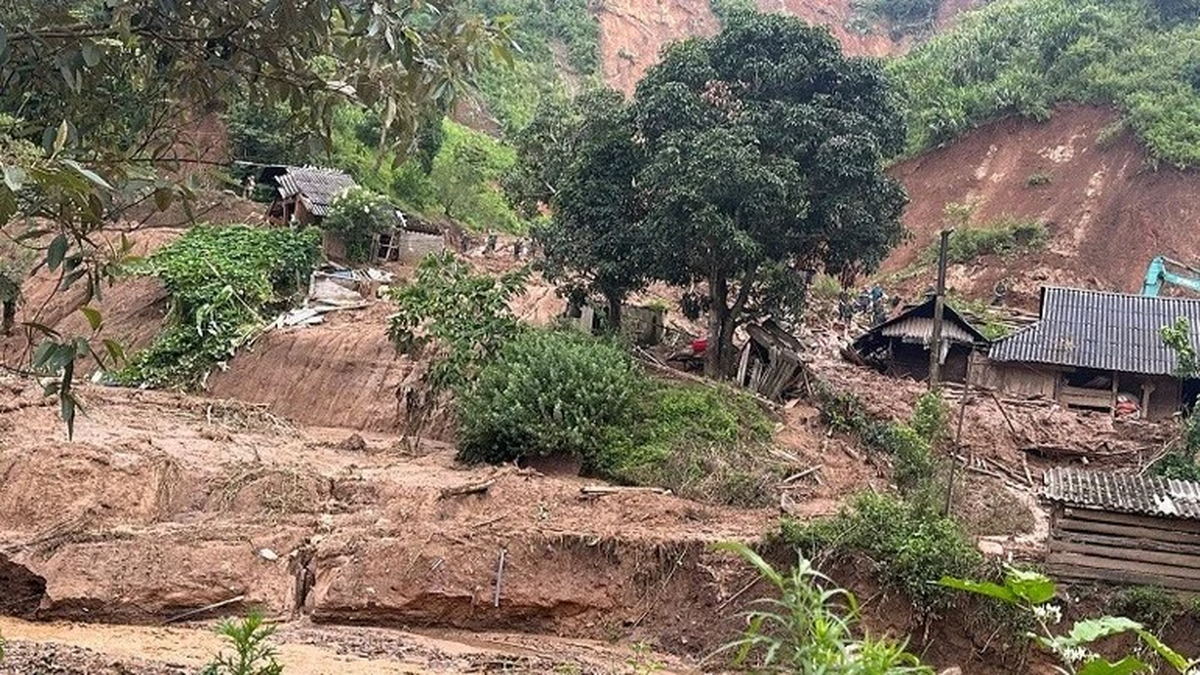

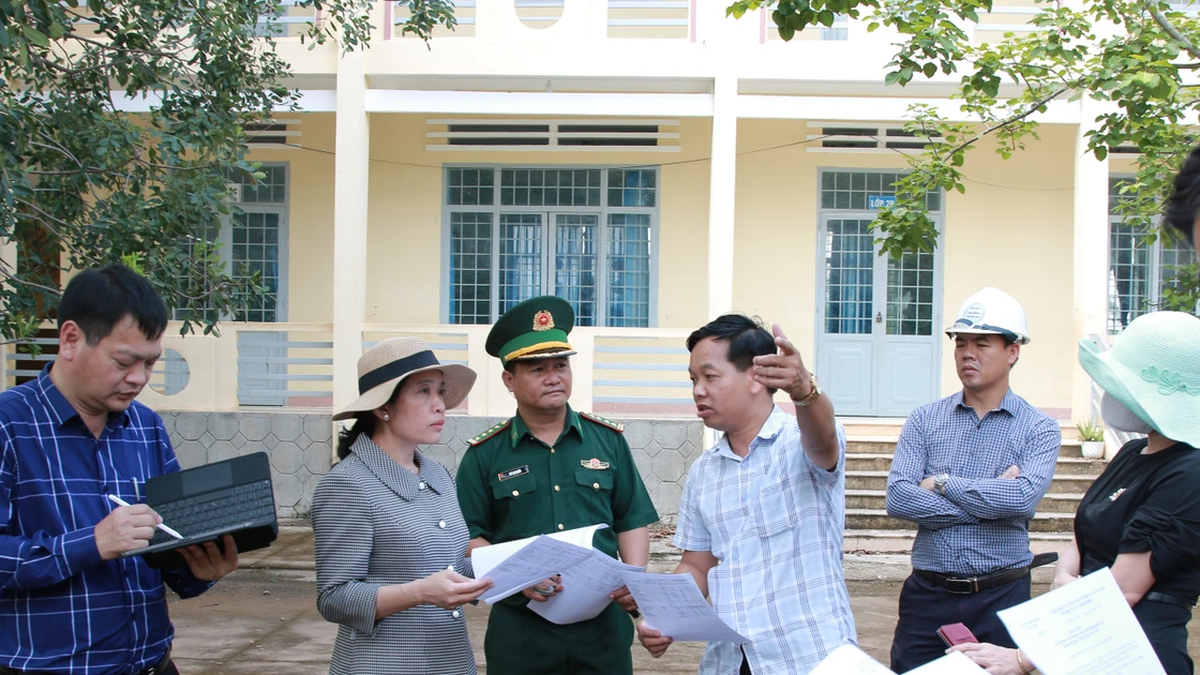
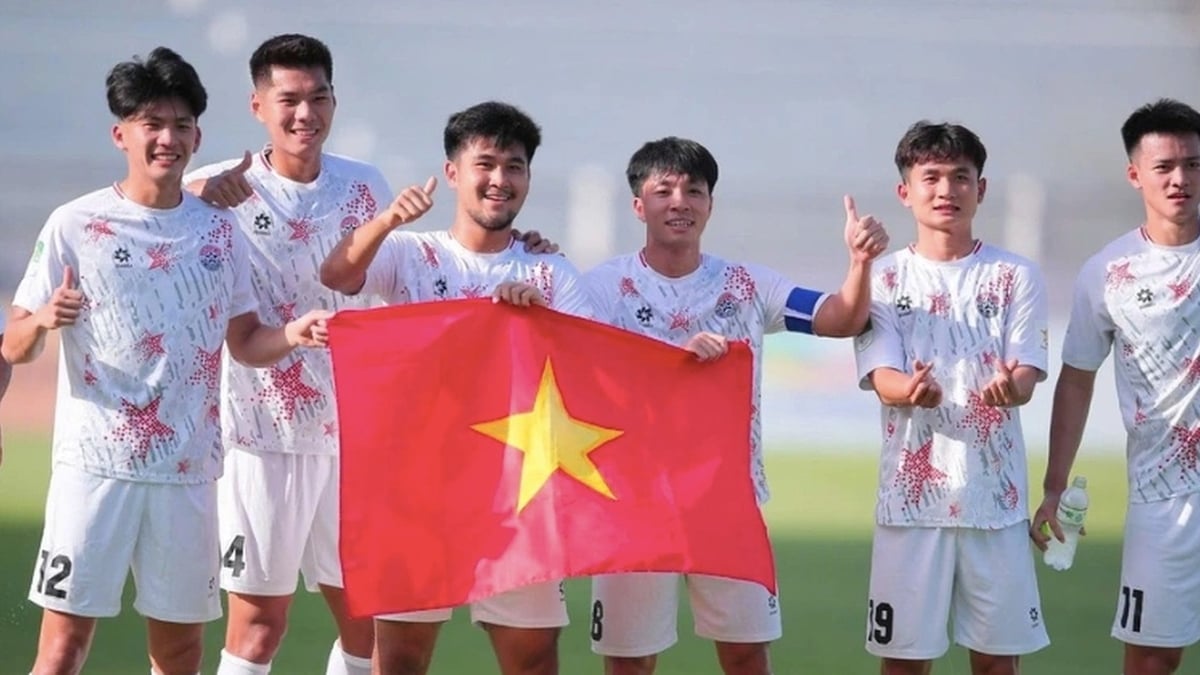

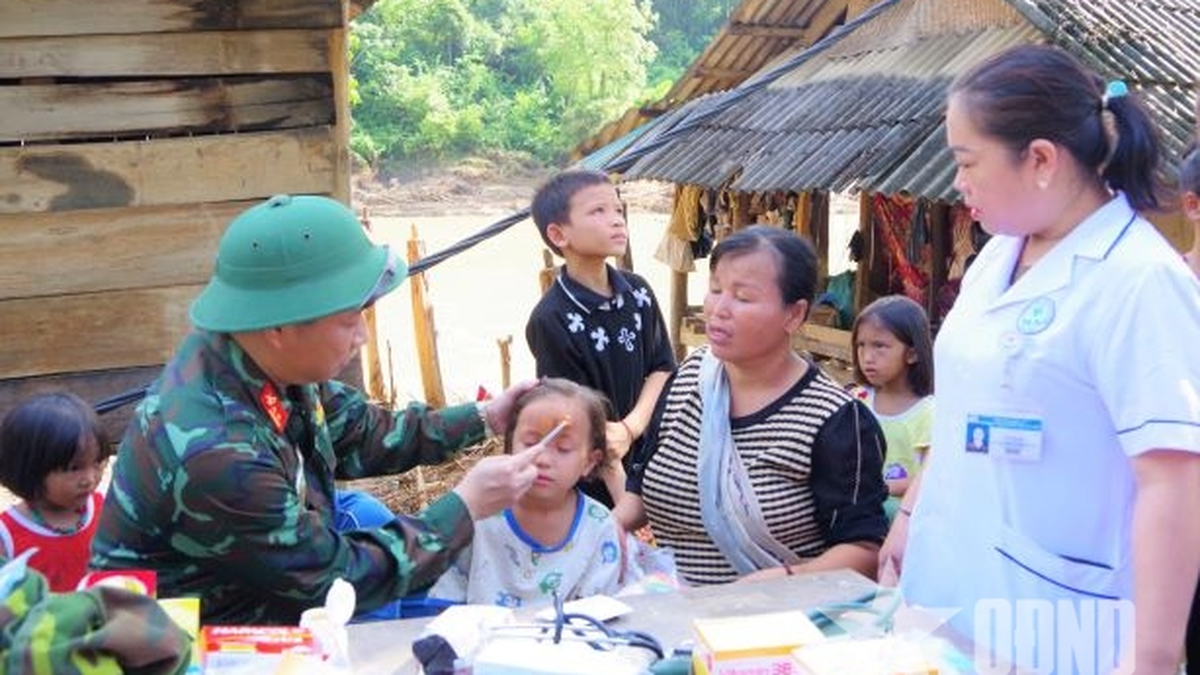

























































































Comment (0)